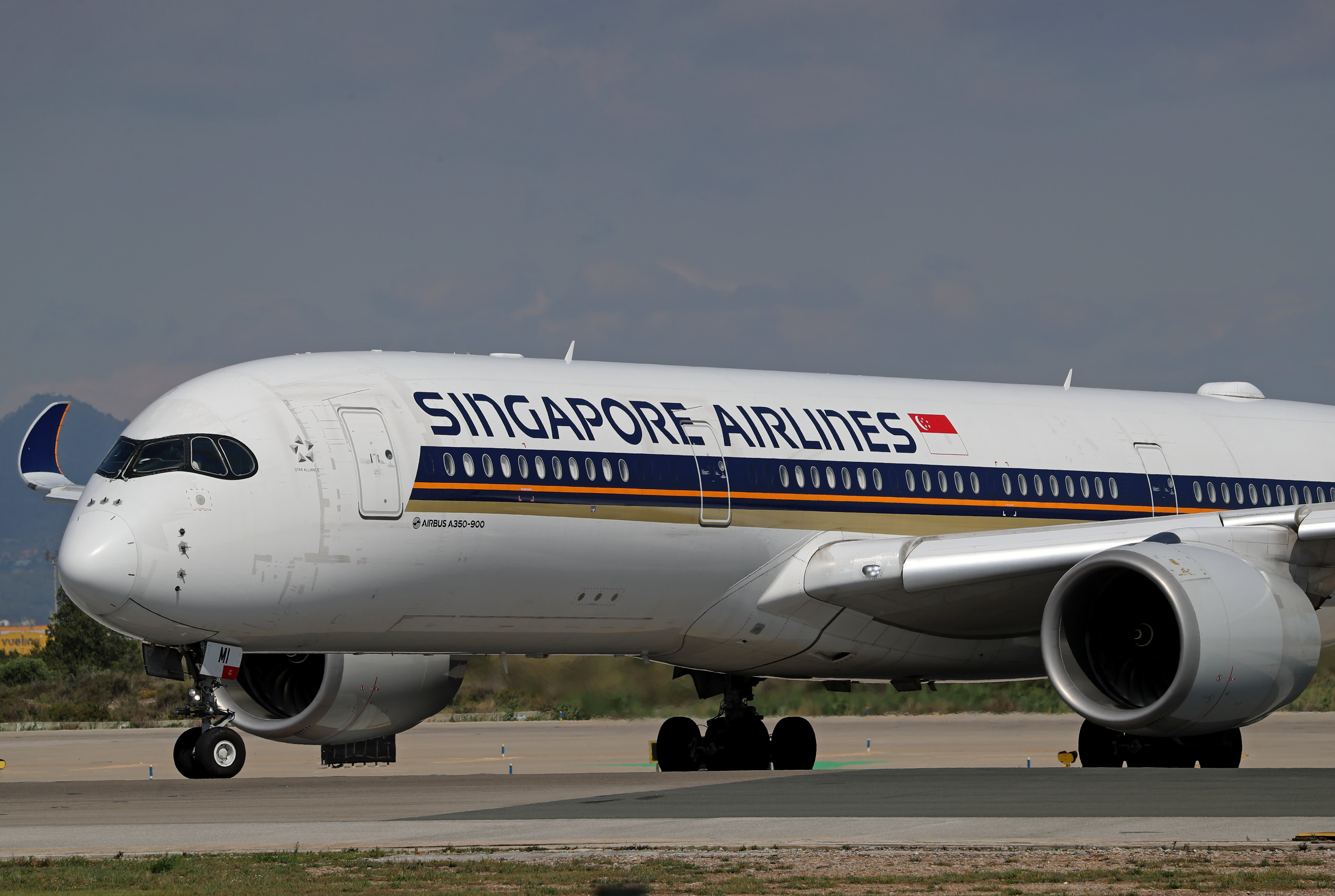
The recent Singapore Airlines turbulence incident and how the aftermath was handled offers a lesson to all in the industry, Emirates President Timothy Clark said.
A Singapore Airlines flight encountered severe turbulence on its way from London to Singapore last month, leaving one person dead and several injured.
The flight was forced to land in Thailand and preliminary investigation showed that the plane dropped 54 meters (178 feet) in less than five seconds.
“They were a bit unlucky, but how they dealt with the aftermath is a lesson to all of us in the business,” Clark told CNBC’s Dan Murphy on Sunday at the International Air Transport Association’s 80th annual general meeting in Dubai.
“No airline could have done more to try and – one, address the issue, and two, deal with the consequences than Singapore did,” he said.
Pilots engaged controls in an attempt to stabilize the aircraft while gravitational forces were fluctuating, according to the investigation report, which also noted that seat belt-fastening signals were switched on as the incident unfolded.
Singapore Airlines, which amended its in-flight seatbelt rules and changed at least one flight route following the incident, will no longer provide hot drink and meal services when the seatbelt sign is on.
Additionally, while the daily route from London to Singapore has since remained in service, flight data shows the airline has diverted away from the part of Myanmar where the turbulence occurred. Singapore Airlines did not respond to CNBC to confirm if they had diverted the flight path.
When asked how Emirates is responding to this issue of turbulence, Clark said that the whole industry was working on it, and was determined to find a way to try and predict when a clear air turbulence might happen, which seems to occur on a “random basis.”
“There has been an increase in turbulent activity and effects on almost on a random basis across our network. So I don’t think we’re alone in it,” he said.
Turbulence-related incidents are the most common type of accident suffered by commercial airlines, according to the U.S. National Transportation Safety Board. This covers major U.S. airlines, as well as cargo aircraft and regional carriers.
—CNBC’s Sophie Kiderlin and Karen Gilchrist contributed to this report.
Source: CNBC
